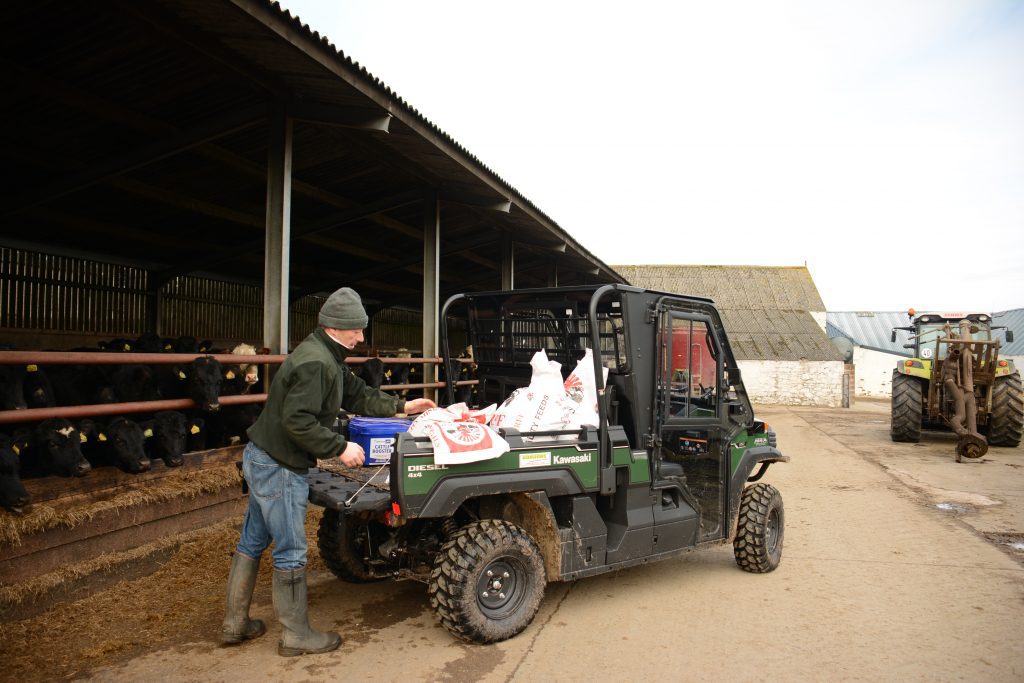The Scottish Agricultural Wages Board (SAWB) are seeking views on proposed changes to the Wages Order due to come into effect on the 1 April 2022.
The Wages Board will meet in January to consider any written representations received, and NFU Scotland members are being encouraged to let the Wages Board know what they think of these changes by emailing [email protected].
The Scottish Agricultural Wages Board is an executive non-departmental public body established under the Agricultural Wages (Scotland) Act 1949, for the purpose of setting minimum wages and other conditions of service for agricultural workers. NFU Scotland has five representatives on the SAWB.
From 1 April 2022 the minimum hourly rate for all agricultural workers, irrespective of age and duties, is proposed to be £9.50. This is an increase of 59 pence per hour (6.6%) and is equal to the UK Government’s 2022 National Living Wage hourly rate.
Workers who undertake an SCQF Level 4 or 5 or equivalent in Agriculture/Horticulture will see a minimum hourly rate of £5.95 – an increase of 37 pence per hour (6.6%) compared to the previous year. Dog allowance will be £7.01 per week for each dog up to a maximum of 4.
Further changes will include an increase to the additional sum and offset rate for accommodation other than a house.
The additional sum will be £1.41 per hour for workers who have appropriate qualifications, and the daily rate for the accommodation offset for accommodation provided by an employer other than a house is to increase to £8.70
Overtime rate remains at 1.5 times the agreed hourly rate and will be £14.25 per hour.
Scott Walker, NFU Scotland Chief Executive, said: “These are big percentage increases that have been driven by the UK Government raising the hourly rate of the National Living Wage. While many who work in the farming industry are already paid substantially above this minimum rate, what the increase will do is put in place a much higher base floor.
“It is essential that the rest of the supply chain takes the higher wage rates that need to be paid into account and reflects this in the price they pay for goods that leave the farm gate. It is all well and good raising wage rates, but farm businesses cannot absorb this extra cost and will need this to be reflected in what is paid for the produce that leaves the farm”.






